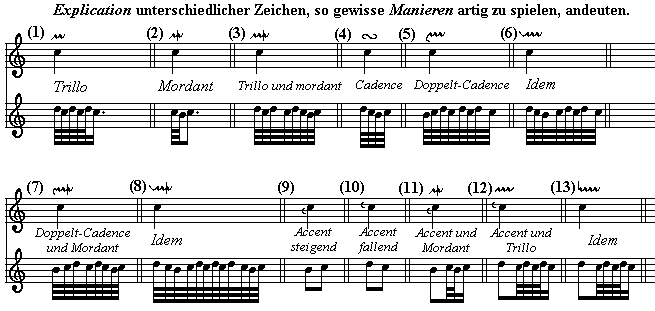
X points » Description of rhythmic placement of motivic occurrences in context of phrases.X points » Description of relationships between motives and underlying harmony (includes distinctive creation of non-chord tones).X points » Description of pitch/scale degree relationships of motivic occurrences.X points » Description/identification of motive(s) and permutations accuracy of observations thoroughness of analysis.X points » Clarity of writing correct use of musical terminology.Your this essay will be graded according to the following rubric: Always be clear to which musical passage you are referring, making liberal use of references to bar numbers and lyrics to identify musical passages. And I haven’t figured out a great way to make this “testable.” Mostly what I tend to do is give a song in lead-sheet format (Mancini & Mercer’s Moon River and Rodgers & Hart’s Bewitched are favorites) and ask students this question:Īnalyze the use of motive in the song Blahblahblah, then summarize your thoughts in a short essay. If the examples are clear enough, any student can identify a method of transformation.īut the second item on that list is harder it demands thoughtful musical analysis, making the student look within phrases, across phrases, up and down the musical texture, compare melody to harmony, and more.
#MUSIC THEORY CARET SYMBOL SERIES#
I introduce a series of terms (transposition, inversion, retrograde, elaboration, truncation/fragmentation, and so forth) and isolate musical motives in a passage of music.

The first item is fairly easy for me to teach and fairly easy for my students to learn. That motives can be a structural element of music, that they can be used cleverly, and that their appearances can help to bring grace, drama, and “logic” to music.That motives can be located and that their transformations can be identified (look! it’s the motive from the beginning of the song! and it’s inverted!).The challenge is that there are two things that are important for this topic: My students frequently don’t “get” what I try to convey for analyzing motive in musical compositions.


 0 kommentar(er)
0 kommentar(er)
